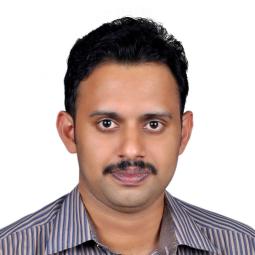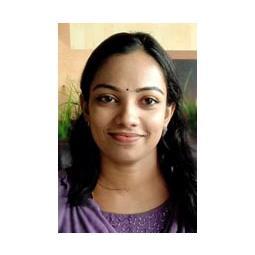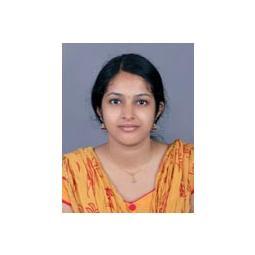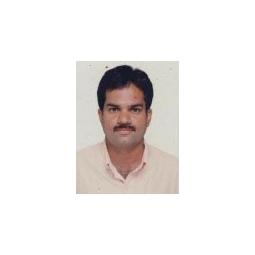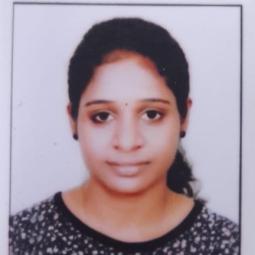One of the most challenging components of improving your profession in the modern world is career progression. To keep up with the rapid developments in telecommunications systems, consumer electronics, and computer-based designs, APJ Abdul Kalam Technological University keeps a close eye on the microelectronic embedded systems at the heart of these technological breakthroughs.
B. Tech in Electronics and Computer Engineering programme is designed as a four-year cross-discipline undergraduate programme to impart skills in electronics hardware, software, and IT development. The course deals with the design of computers and computer systems with electronic hardware concepts and the design of new hardware and software technology. Electronics and Computer Engineering is a branch of electronics engineering that deals with electron effects to build components, devices, and software-based systems.
The curriculum includes in-depth lectures on problem-solving techniques, data structures, OOPs, software application design, and other aspects of programming and algorithms. Additionally, it contains courses that lay the foundation for electronics, including digital electronics, embedded systems, signal processing, and electronic circuits. Graduates with this kind of co-design skill set will be needed in a wide range of industries in the future, including software application design, software development, Artificial Intelligence, Robotics, Networking, Internet of Things (IoT), semiconductor industry, design of VLSI and Embedded Systems, and applications in the defence, aerospace, automotive, healthcare, and agricultural fields.
It is visible that not only computer engineering students deal with the design of computers, computer systems, and the fundamental aspects of electronics and hardware concepts. They also taught how to design new hardware and software products. With the electronics, microelectronics, and embedded sectors in mind, today's world is witnessing significant expansion in telecommunication systems, consumer electronics, and computer-based designs. With the aid of this programme, you will be able to construct sophisticated electronic and microelectronic hardware systems.
The Department has state-of-the-art facilities and cutting-edge tools for igniting and honing students' innate skills to international standards. To keep up with new technology and the most recent advancements in the industries department offers workshops, seminars, conferences, and training programmes throughout the year. The department strives to provide its students with the most recent information in their respective fields. To do this, the department provides well-stocked laboratories with a wide variety of contemporary tools and specialized software programs to help students stay up with the rapidly advancing technology.
PSO1
Ability to assess software systems to understand and solve engineering challenges using core knowledge in Electronics and Computer Engineering.
PSO2
Ability to analyse, design, model and construct hardware systems to solve real-world and industrial challenges
Centre of excellence in Electronics and Computer Engineering capable of moulding globally competent and socially committed engineering graduates.
To impart vital knowledge and expertise in Electronics and Computer Engineering to interpret, develop, and design hardware and software systems to comprehend and address engineering challenges. To Foster the leadership traits and passion for cutting-edge technologies to increase student employability.
|
Degree |
|
Year |
|
Field/Discipline |
|
Ph.D |
- |
2022 |
- |
Speech Processing |
|
M. Tech |
- |
2012 |
- |
Embedded Systems |
|
B. Tech |
- |
2010 |
- |
Electronics & Communication Engineering |
